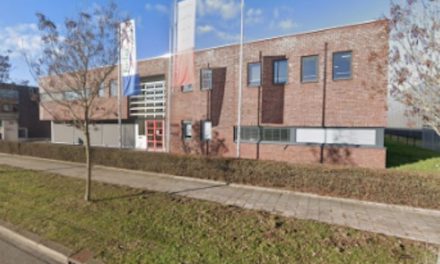The advantages of energy efficiency are no secret and most organisations have considered how they can improve their efficiency and reduce the consumption of electric, gas and/or water. This may be due to the potential for emissions reduction, cost saving or simply because of new legislation ushering in a new efficiency standard.
It is also well known that you cannot reduce what you do not measure. At this point there is a temptation to go “granular”. Technically there is absolutely nothing to stop every machine or circuit being measured within a site and of course, the idea is well intentioned.
The big issue comes with the practicality of analysing and most importantly reacting to the resulting data analysis. Energy management processes will need to be developed by relevant decision makers regarding who will see, review, prioritise and implement the findings of the data analysis. Other questions regarding capturing and apportioning the resulting financial or environmental benefit must be considered.
Too much data being ignored is as bad as no data. It may also prove very costly to set up. Opportunities are seemingly endless making the decision tricky to say the least. Of course – the ultimate goal for any energy manager would be to have a fully digitised system, acting as an “overlord” to their sites’ consumption, turning parts on/off at will, or even better automatically. Before this dream can be realised there are many steps that need to be undertaken, and often many opportunities for improving efficiency can be identified without the requirement for any capital investment simply by utilising data available from existing supplier, consultant or TPI (Third Party Intermediaries) relationships. 
Step 1: Define the purpose of monitoring the energy. Is it to save money, emissions, or for compliance reporting? Of course – it may be a combination of factors but without understanding exactly what is needed – it is impossible to make a strategic and cost effective decision.
Step 2: Decide what needs to be monitored and which level of granularity would satisfy the criteria identified in Step 1. At this point – half-hourly or perhaps even basic monthly meter reads may be satisfactory and would require zero investment if attained from the supplier or taken on site. Of course – the conclusion from this step could be that a greater degree of granular detail is necessary, however before jumping into a capital expenditure project ensure you have carried out Step 3.
Step 3: Research what is already available from your energy suppliers and/or TPIs. This is hugely important, and you may be shocked at what is freely available. A “free” upgrade to smart metering is the most obvious solution (before doing so check any terms or conditions associated with this or tariff changes – however it is extremely unlikely to negatively affect the end user in the long run). Energy portals are often seen as a nice “add on” but a good system used correctly can save an incredible amount of time and provide fantastic insights to help monitoring. Check the portal’s robustness and if adequate trust the system and digitise your data and processes. Even the simple change of moving to electronic invoicing will have the additional benefit of improving the payment process, and will also allow far quicker and easier manipulation of data providing a basis for fundamental monitoring of energy data. Most portals will also allow much more detailed views on half hourly data direct from the meter for example. On a “day + 1” basis you could have the total consumption of the site down to the half-hour every morning, enabling rapid responses to anomalies or spikes in energy.
Step 4: Consider who is going to collate and react to this data. As previously stated, too much data can be as bad as too little when it comes to the end result. It is absolutely vital that whoever is tasked with collating and reacting to the data is not overwhelmed. It is by far the most common mistake to make and even those fortunate to have a dedicated energy manager are actually spending the majority of time dealing with data collection. Highlight these “bottle necks” and revert to Step 3 if possible, to digitalise the process. If there is no existing method of doing this – this can act as a trigger for investment in extra monitoring kit.
Step 5: When the data is at a point that it can be manipulated and is being collated easily – the presentation of the information will make a big difference. Keeping it simple, easy to read and with the ability to make comparisons will ensure key messages from monitoring are actually understood. If this is not the case it will cause disillusion with the process and poor end results. Just as it is important making the collection and manipulation as simple and automated as possible – the final presentation should be easy to read and instantly recognisable to all stakeholders. Include some context (e.g. longer term trends) and again, focus on who the results are aimed at. Site managers may have little interest in overall portfolio performance but in the same breath, board members are unlikely to want to see every site’s granular data. Find the right balance and ensure each stakeholder is happy with their involvement. A site manager can have direct access to a portal showing their site consumption. A board member may need to only see one graph of normalised data showing performance.
It seems clear when focussing on the monitoring of energy that simplicity is the key to success. Simplicity not only of collating data but also of interpreting the results. There is already an abundance of data available from billing files, supplier and TPI portals that can help start the process. Additional, more granular data can be added once there is a genuine requirement to improve the existing practice. It is unlikely that large investment is needed when starting out – just an understanding of what is available, why monitoring is needed in the first place, and who is going to interact with it. Digitise existing processes and take advantage of the results. Build on this until you become the energy overlord you initially dreamt up!
Author: Joe Warren is a Director of ZTP, the energy management and software specialist. 





